The world of classical music is vast, with many composers from all over the globe. One country that has contributed a great deal but perhaps doesn’t get quite the credit it should is is Sweden.
In this blog post, we’re going to take a look at the great musical contribution that these greatest Swedish composers have given us over the years and how they influenced classical music as we know it today.
1. Wilhelm Stenhammar
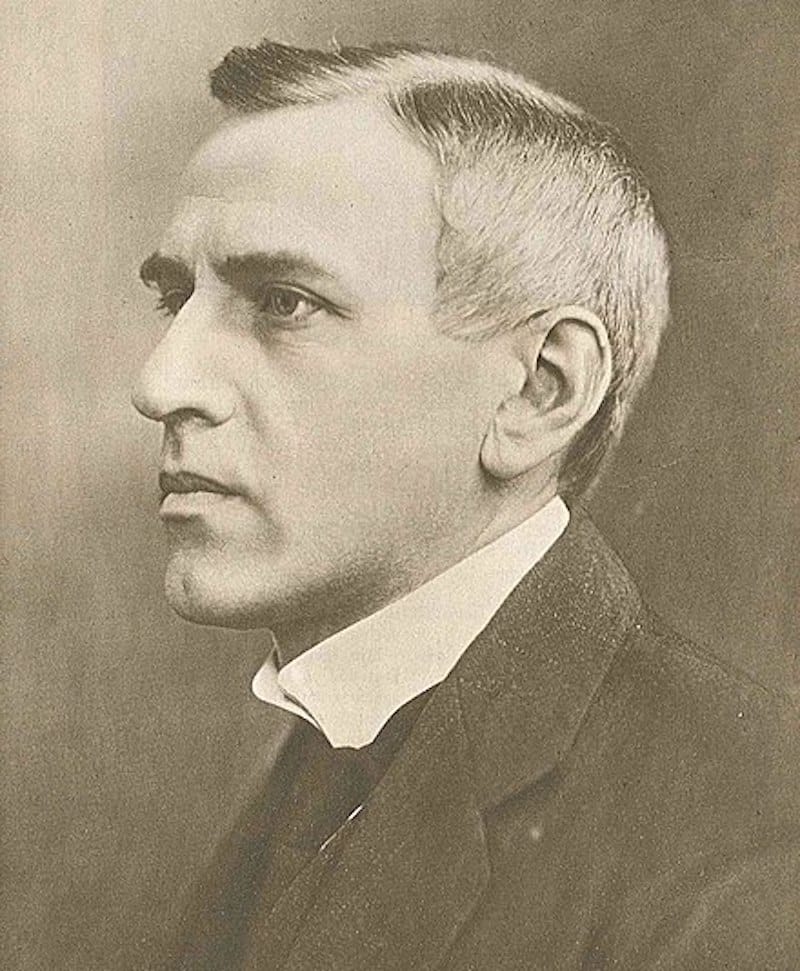
Born in 1871, Wilhelm Stenhammar began his musical career as a pianist.
As a musician, he participated in solo recitals as well as chamber performances.
He first gained public attention in 1890, playing Brahms’ D Minor Piano Concerto.
As a composer, Stenhammar’s music varied wildly from sonatas to symphonies to lieder.
Like many self-taught musicians, Stenhammar began his compositional career in childhood, writing primarily for the piano.
These included several sonatas written in 1880.
In 1887 Stenhammer became a student of Richard Andersson, a former pupil of Clara Schuman.
By 1894, Stenhammer debuted his first piano concerto.
The piece met with such popularity that it quickly spread beyond Sweden and attracted attention from composers and conductors like Richard Strauss and Hans Richter.
Eventually, Stenhammar’s focus shifted from piano to string quartet and the human voice.
His music was inspired by the Romantic movement but was tempered by classical influences.
Unfortunately, by the 1920s, Stenhammar stopped composing.
He passed in November 1927, but he’s still remembered for having his finger to the pulse of contemporary music and an endorser of emerging Scandinavian composers.
2. Allan Pettersson
He was born in 1911 as Gustav Allan Pettersson.
In early childhood, the family moved to Skanegatan 87 in the Södermalm district of Stockholm.
Pettersson’s father worked as a blacksmith and reportedly beat his wife with his children around to witness the violence.
He sold postcards to buy his first violin and was self-taught.
In 1930, he was proficient enough to win a place at Stockholm’s Royal Conservatory.
There, Pettersson began composing music.
While studying, he used symphonies and concertos to vent his frustrations from his difficult upbringing and his isolation from the more wealthy students.
He won the Jenny Lind prize in 1939 and moved to Paris, where he studied viola with Maurice Vieux.
He is best known for The Barefoot Songs, a song cycle for voice and piano.
Despite a life of increasing isolation and debilitating illness, Pettersson’s musical success saw him appointed to The Royal Academy of Music in 1970.
He became a professor in 1979, a year before his death in 1980.
3. Kurt Atterberg
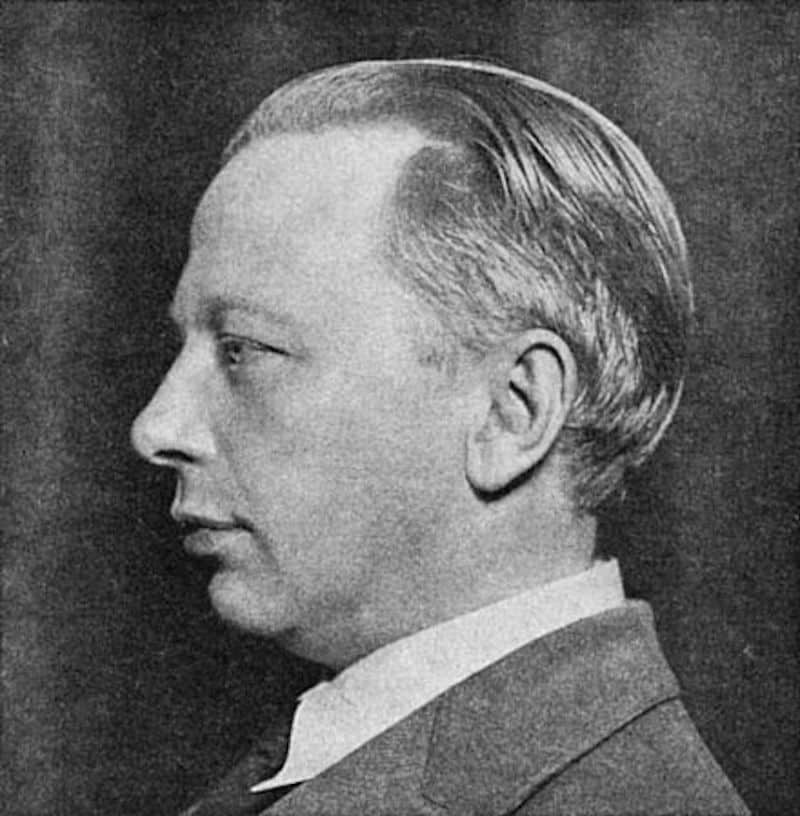
Kurt Atterberg was born in December 1887 in Gothenburg, Sweden.
Atterberg was initially self-taught, but in 1910 he went to study music at the Swedish Royal Academy of Music.
In addition to composing, Atterberg worked as a conductor, first with the Stockholm Royal Dramatic Theatre from 1916-22.
Afterward, Attenberg embarked on a third career as a guest conductor, promoting his music and that of other Swedish composers.
Attenberg’s first symphony premiered in 1912.
Unlike Pettersson, who was dogged by isolation in music and life, Attenberg’s music was immediately accessible.
His work was heavily influenced by Romantic musical technique and the sweeping emotional palate, but he also experimented with and even combined Romanticism with polytonal music.
That is music that uses multiple musical tones to harmonic effect.
The unlikely combination ensured Attenberg had a reputation inside and out of Sweden.
He is best known for his Symphony No. 6.
Atterberg died in Stockholm in 1974.
4. Dieterich Buxtehude
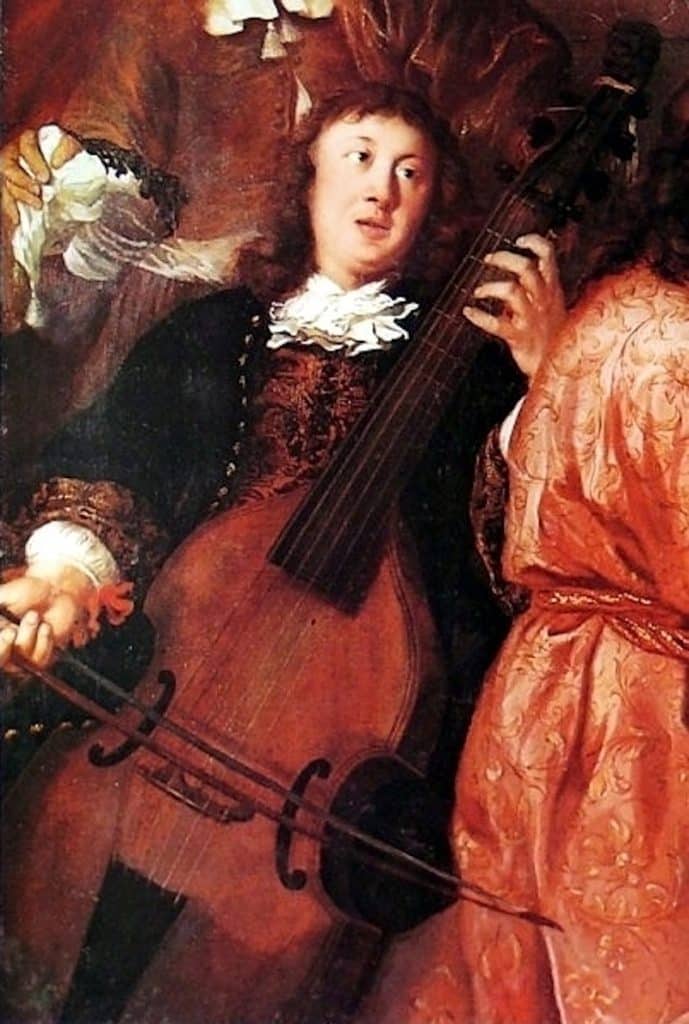
Dieterich Buxtehude was a baroque composer born in 1637 in Skåne, which at the time was in Denmark but now is part of Sweden.
While we know little about Buxtehude’s early musical career, the popular supposition is that because he was an organist and his father was a church organist, Buxtehude learned the instrument from his father.
However he began, Buxtehude’s accomplishment was sufficient that in 1688 he gained a position as church organist at St Mary’s Church, Lübwck.
By itself, this is unremarkable, but Buxtehude’s talent transformed the city into a musical destination gaining such notoriety that he was visited by a young Handel and later Bach.
But Buxtehude wasn’t only an organist and as was typical for church organists in the baroque era, his duties included composing music to celebrate various church festivals.
These were primarily for organ or voice with Buxtehude’s most influential pieces for the organ.
Buxtehude wrote toccatas, preludes, and, notably, the Passacaglia that inspired J.S. Bach’s Passacaglia in C Minor.
He passed in 1707, but his music continued to influence musicians long after his death.
5. Johan Helmich Roman
No list of great Swedish composers would be complete without the “Father of Swedish Music” Johan Helmich Roman.
Roman isn’t only notable for his considerable musical output – he was integral to shifting music from the exclusivity of the royal court to the public one.
Additionally, he was an advocate for the use of the Swedish language in vocal pieces.
Roman wrote at an interesting intersection in musical history, as musical styles transitioned from the baroque to the classical.
Consequently, listeners feel the pull of varied and different sources on his work from Handel to Geminiani.
In 1721, however, Roman became the vice-kapellmeister of King Charles XII’s chapel.
He became a kapellmeister in 1727 and used the position to make music more accessible to the public and courtiers.
Roman wrote over 400 musical pieces with some of the gighlights including:
- Drottningholmsmusique: Suite in D (12), for orchestra
- Sonata for harpsichord No 9 in D minor
- Assaggio, for violin in G minor
He died of cancer in 1758.
6. Hugo Alfvén

Today, Hugo Alfvén is one of Sweden’s most frequently performed composers.
Although Alfvén got his start as a violinist, his interests soon expanded to include composition and in 1899, he made his musical mark on the Swedish landscape with his Second Symphony.
Alfvén was a composer inspired by the romantics.
Despite this, his pieces enjoy ongoing popularity.
In addition to composition, Alfvén conducted – and for many years led – the notable male choir Orphei Drängar.
Alfvén wrote various pieces for this choir, but he is best known for his orchestral work.
His best-known works are Midsommarvaka, composed in 1903, and the piece that catapulted him to notoriety, Symphony No. 2 in D Major.
Not only was Alfvén a conductor and composer, but he also taught at Uppsala University and even wrote an autobiography.
Alfvén died in May 1960.
He left behind a varied artistic career in music and painting, and a beloved rhapsody still played today.
7. Lars-Erik Larsson
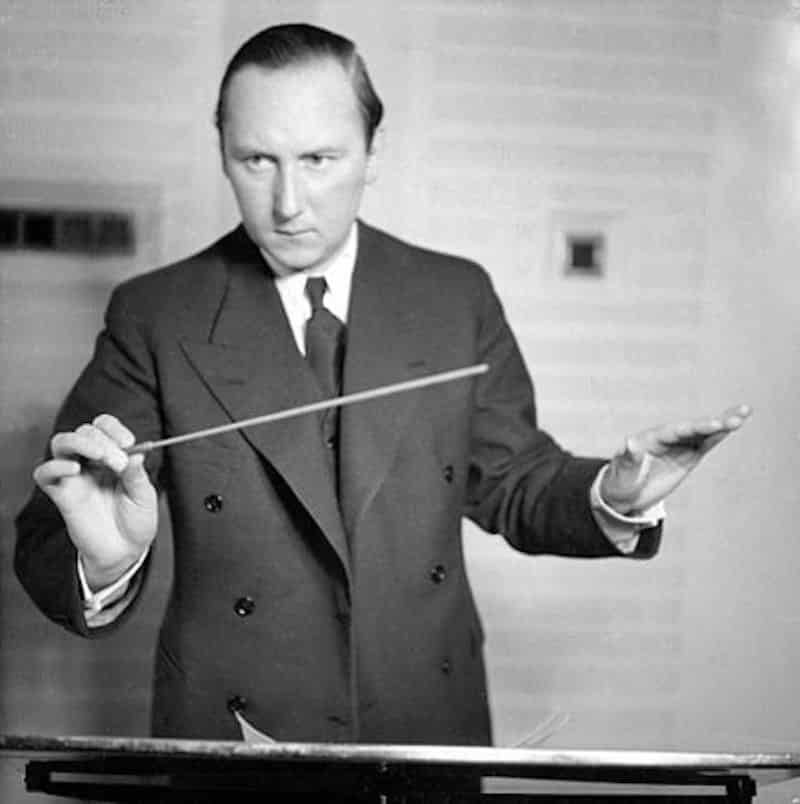
Lars-Erik Larsson is perhaps one of Sweden’s best-known modern secomposers.
He wrote his first symphony in 1928.
By 1929, he set out to Vienna and was tutored by Alan Berg, among other serialist composers.
Berg was famous for writing atonal and 12-tone technique pieces, and his influence appears in Larsson’s music for piano in 1932.
Consequently, Larsson is remembered as being the first Swedish composer to bring 12-tone music to the country.
Larsson’s style was very fluid, and he composed music in various genres and styles.
The 1930s also saw Larsson write more typically neoclassical music, such as his Saxophone Concerto and Little Serenade for Strings.
Larsson built a career in composing for radio.
This move led to his collaboration with Hjalmar Gullberg.
With his help, Larsson invented the lyric suite and the composition of his two most popular pieces, his 1938 Pastoral Suite and his cantata Förklädd Gud.
Unfortunately, Larsson died of complications from diabetes on 27 December 1986.
8. Princess Cecilia of Sweden
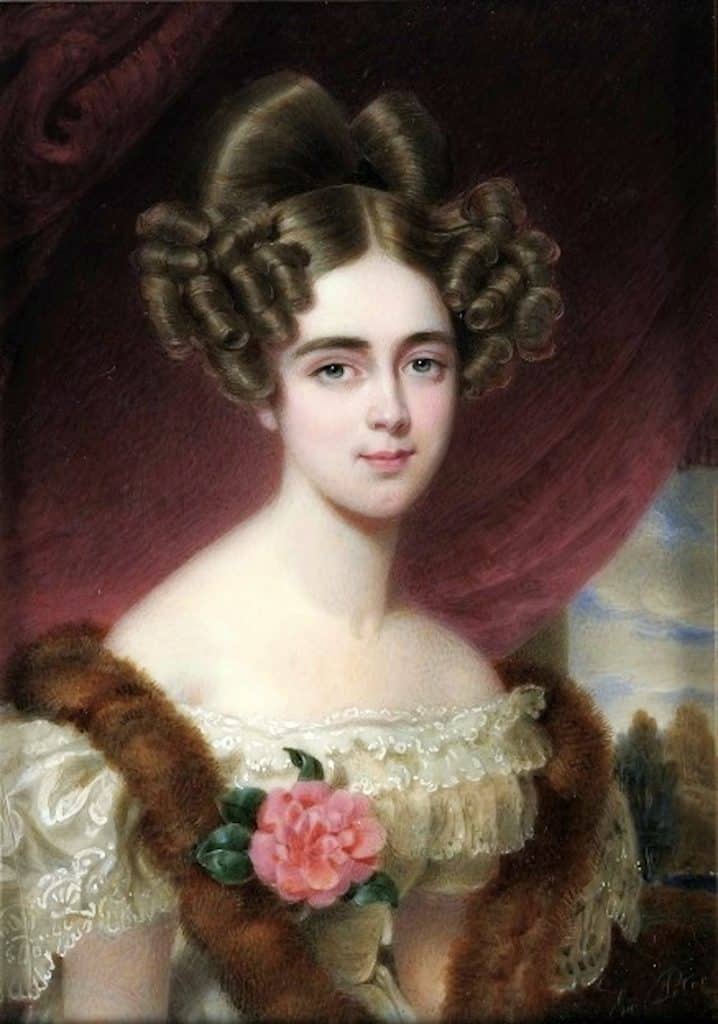
Princess Cecilia of Sweden was born on June 22, 1807.
Her royal background gave her access to a well-rounded education.
Still, it wasn’t all smooth sailing – Cecilia and her family lost their Swedish citizenship as part of a government coup when Cecilia was two.
The resulting confusion saw a schism in the family.
Now deposed, Cecilia’s father wanted a simpler life, while Cecilia’s mother worked to regain what they had lost and guarantee security for her children.
Princess Cecilia is best known for composing the hymn tune for the dedication of the Oldenburg.
Cecilia died of puerperal fever giving birth to her son in 1844.
9. Wilhelm Peterson-Berger

Born in 1967 in Ullånger, Wilhelm Peterson-Berger was introduced to music early by his piano-playing mother.
Although Peterson-Berger studied music first in Stockholm and later in Dresden, he couldn’t make a sustainable living.
Instead, Peterson-Berger worked as a journalist while continuing to compose in his leisure hours.
Nevertheless, he continued to write music, drawing inspiration from musicians like Wagner.
Despite this, he was vocal about the more nationalistic appropriation of Wagner’s music for causes like Nazism.
Person-Berg himself took a keen interest in Sweden’s indigenous people, and this coupled naturally with a love of nature and the outdoors.
One of his most famous pieces is Frösöblomster or Flowers on the Island Frösön.
He died in December 1942, being buried in Frösön Church.
10. Ture Rangström

Ture Rangström is a Swedish composer who’s less well known but whose work is interesting and eclectic.
He was born on November 30, 1884, and his memoirs tell of a cheerful, middle-class childhood.
Although Rangström billed himself as a self-taught composer, he received lessons as a child.
Rangström studied musical theory for two years in Stockholm under the tuition of Johan Lindegren in 1903.
From Stockholm, he moved to Germany and studied with Julius Hey and briefly with Hans Pfitzner.
He wrote widely across a range of instruments, styles, and genres.
His earliest pieces were symphonic poems that brought Rangström into public consciousness.
He wrote his first of four symphonies in 1914, August Strindberg In Memoriam.
He additionally wrote three operas spanning various mythical works, including the Epic of Gilgamesh.
Rangström was a great narrator of his own life and constantly told and retold stories through the media of music and poetry.
In 1940 Rangström was diagnosed with throat cancer, later dying in Stockholm in 1947.
Suming up Famous Swedish Composers
If you’re interested in classical music, there’s no better time to explore Swedish composers. From the early Baroque era through present day, their compositions have played a major role in shaping our understanding of what qualifies as “classical” and helped shape musical tastes across continents.
We hope this blog has given you some insight into how these famous Swedish composer’s unique styles shaped one of the most influential forms of art on earth.
